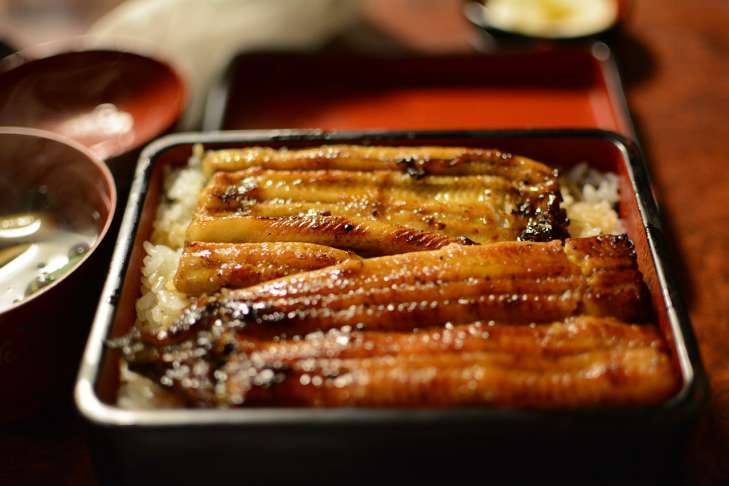Conger Eel: Health Benefits – Important to Know
Eel has become popular due to its special sweetish taste and high content of vitamins: almost a quarter of the carcass consists of saturated fats, which are necessary for the body to function properly. This fish contains B vitamins, vitamins A and D.
What are the benefits of eel
The value of fresh sea eel is low in calories, high in protein, vitamins, potassium, iron, and phosphorus.
It contains an abundance of fish oil, which reduces the likelihood of heart and vascular diseases; iodine, which regulates the functions of the thyroid gland and omega-3 fatty acids, so necessary for humans.
Eel is also rich in vitamins A, B, D, E. Perhaps the first to truly appreciate the taste of eel were the Japanese.
With the growing popularity of Japanese cuisine, the demand for eel itself has also increased.

Therefore, now it is rightfully considered one of the most delicious and expensive fish.
How to eat eel correctly
Unlike other fish, it is not eaten raw, so it gets into sushi and rolls in fried and smoked form, and it is also added to traditional miso soup.
Eel is prepared in different ways, but the most popular is kabayaki - fried eel with unagi sauce.
Unagi in Japan is the name for both eel and the traditional sauce for it.
Previously, we talked about the benefits of shiitake mushrooms.


